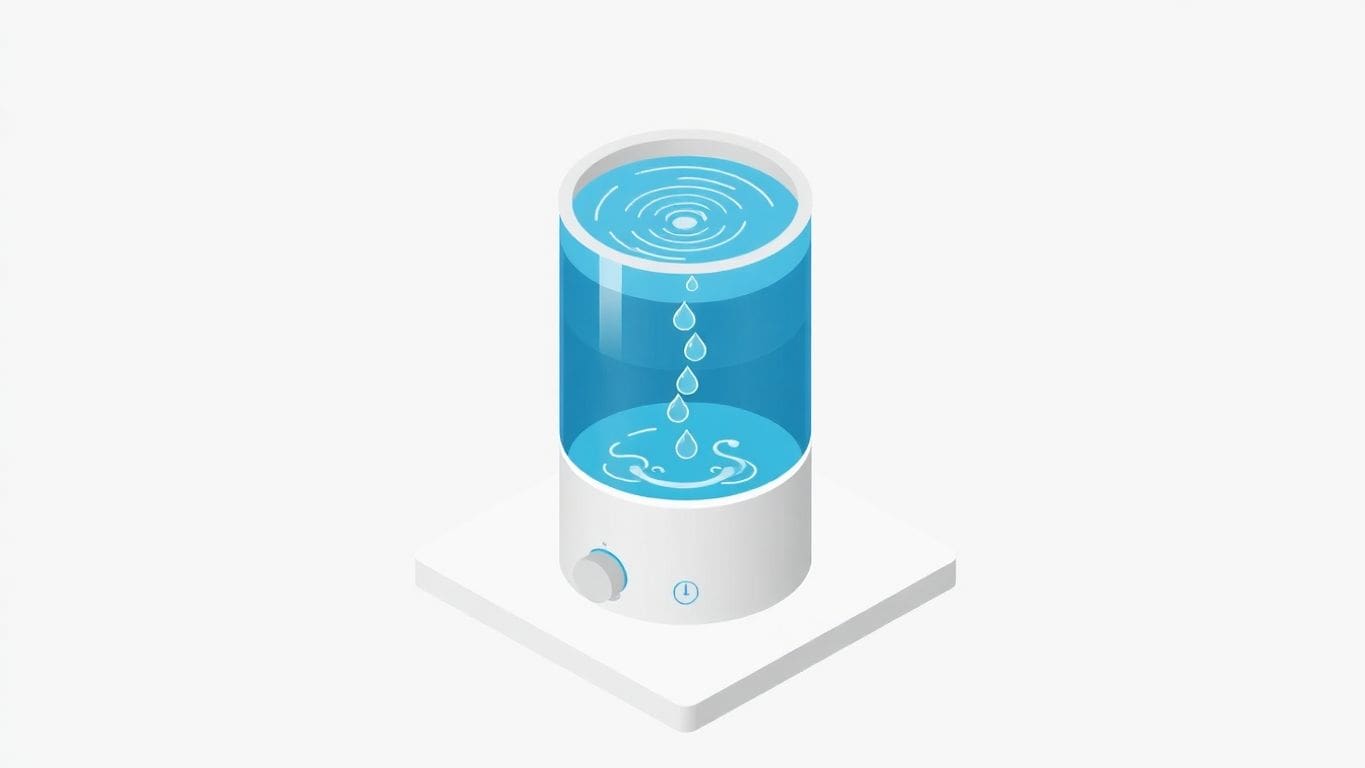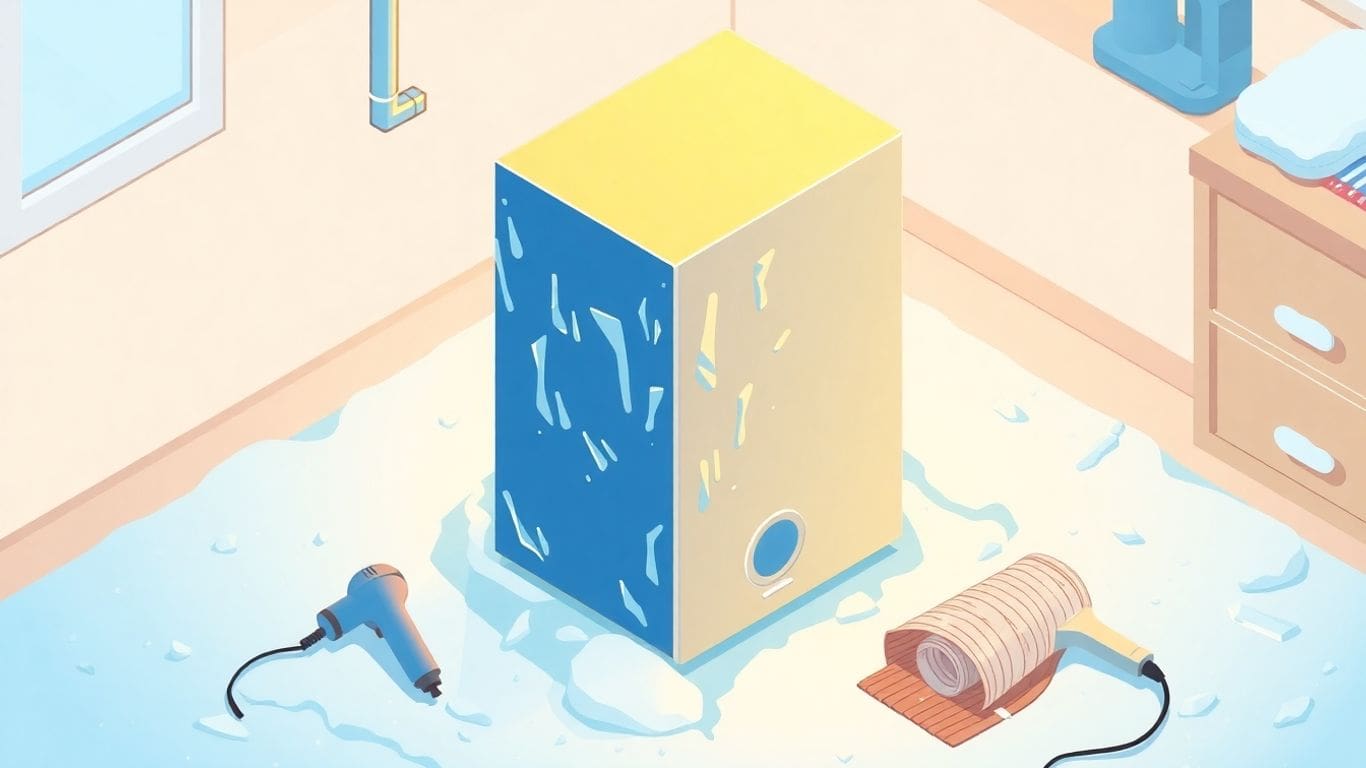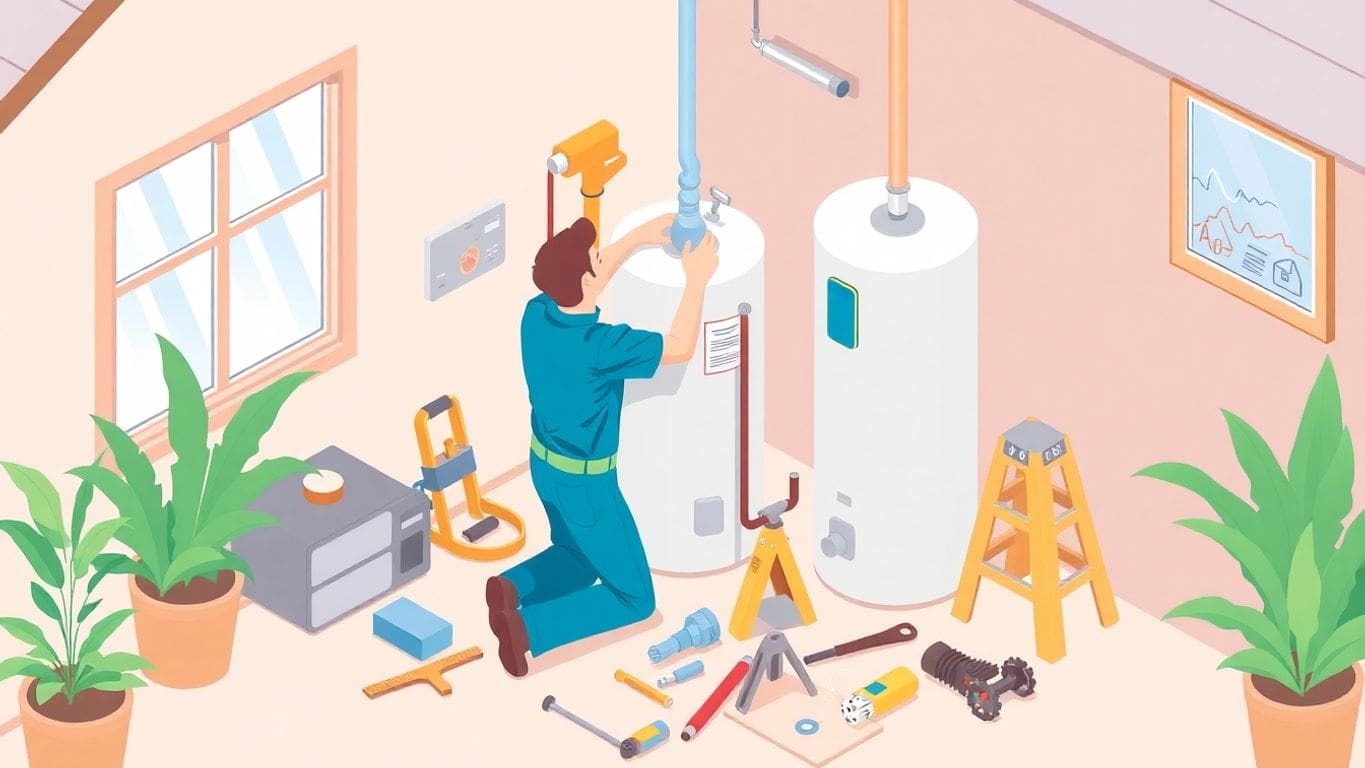
If you’ve noticed water pooling around your water heater, you’re likely asking yourself, “why is my water heater leaking?” This can be a frustrating situation, but understanding the common causes and solutions can help you tackle the problem effectively. In this article, we’ll explore the various reasons your water heater might be leaking and what steps you can take to fix it or when to call in a professional.
So, your water heater is leaking? That’s not good! Let’s figure out why. There are a few common reasons why this happens. Knowing these can help you understand the problem and maybe even fix it yourself. But remember, if you’re not comfortable, call a pro!
The drain valve is at the bottom of your water heater. You use it to get rid of sediment that builds up inside. If this valve isn’t closed tight, or if it’s broken, water can leak out. It’s usually a slow leak, but it can still cause problems.
This is a big one. The tank itself can rust over time, especially if you have hard water. Once the rust eats through the metal, you’ll get a leak. This is often a sign that your water heater is getting old and needs to be replaced.
A corroded tank is a serious problem. It means the metal is weakening, and the leak will only get worse. Ignoring it can lead to a burst tank, which can cause major water damage.
Too much water pressure coming into your house can also cause leaks. The extra pressure puts stress on all the parts of your water heater, including the tank and connections. This can lead to cracks and leaks over time. You can check your water heater’s pressure with a gauge.
Okay, so you’ve got a leak. Now, where is it coming from? Finding the source is the first step to fixing the problem. It might seem tricky, but with a little detective work, you can usually figure it out. Let’s look at the common places water heaters leak.
If you see water around the top of your water heater, the leak could be from a few spots. Check the pipes that connect to the top. These are the cold water inlet and the hot water outlet. Sometimes, the connections (called nipples) can get loose or corroded. Also, look at the water lines above the heater. The leak might not even be the heater itself! It could be a pipe above dripping down.
Leaks at the bottom are often a sign of a bigger problem. It could be the drain valve isn’t closed tight or is damaged. But, if the tank itself is leaking from the bottom, that’s usually bad news. It often means the tank is corroded and needs to be replaced.
If you spot water coming from the side of your water heater, pay close attention to the Temperature and Pressure Relief Valve (T&P valve). This valve is there to keep your water heater from exploding if the pressure or temperature gets too high. If it’s leaking, it could mean the valve is faulty, or the pressure is too high. It’s a safety device, so don’t ignore it!
It’s important to know the signs of a water heater leak so you can fix it fast. Ignoring a leak can cause big problems later. Here’s what to look for:
This is the most obvious sign. If you see water on the floor near your water heater, it’s likely leaking. The puddle might be small at first, but it can grow quickly. Check around the base of the heater and any connections. Don’t ignore even a little bit of water. It could mean a bigger problem is coming. Make sure it’s not just condensation, which can sometimes happen.
Did your water bill suddenly go up? A leaking water heater could be the reason. Even a small, steady leak can waste a lot of water over time. Compare your current bill to past bills. If you see a big jump and haven’t been using more water, check your water heater. It’s a good idea to check for other leaks in your home too, like in your toilets or faucets. But if it’s not those, it could be your water heater. This is a good time to consider water heater replacement if yours is old.
If your hot water looks rusty or has a funny color, it could mean your water heater tank is rusting inside. As the tank rusts, it can start to leak. The rust can also make your water look and taste bad. Run the hot water for a few minutes. If it stays rusty, it’s a sign of a problem. Rust can cause leaks and other issues, so don’t ignore it.
A leaking water heater can cause a lot of damage if you don’t fix it. It’s important to check your water heater regularly for these signs. If you see any of them, take action right away to prevent bigger problems.
So, you’ve got a leaky water heater? Don’t panic! Sometimes, you can fix it yourself. But if you’re not comfortable working with plumbing or gas, call a pro. It’s always better to be safe than sorry!
Sometimes, the fix is as simple as tightening things up. Check all the connections to your water heater. Look for any spots where water might be seeping out. Use a wrench to gently tighten any loose fittings. Be careful not to overtighten, or you could damage the connections. If tightening doesn’t stop the leak, you might need to replace the fitting altogether.
Valves can wear out over time and start to leak. The drain valve at the bottom of the tank is a common culprit. If you see water dripping from the valve, try tightening it first. If that doesn’t work, you’ll need to replace the valve. You can buy a new valve at most hardware stores. Make sure to drain the tank before you remove the old valve!
Flushing your water heater can help remove sediment that builds up over time. This sediment can cause corrosion and leaks. To flush the tank:
Flushing the tank once a year can help prevent leaks and extend the life of your water heater. It’s a simple maintenance task that can save you money in the long run.
High water pressure can really mess with your water heater. It’s like constantly pushing too hard on something – eventually, it’s gonna break. Let’s look at how to check for this and what you can do about it.
Your home has a pressure regulator. It’s supposed to keep the water pressure at a safe level. Usually, it should be set between 40 and 60 psi (pounds per square inch). If it’s higher than that, it’s a problem. Find your pressure regulator, usually near your main water valve, and check the setting. If you’re not sure how, it might be best to call a plumber.
If your water pressure is too high, even after checking the regulator, you might need a pressure-reducing valve (PRV). This valve lowers the water pressure coming into your house, protecting your water heater and pipes. It’s a pretty simple device, but installing it can be a bit tricky. You might want to get a professional to do it, just to be safe.
How do you know if you have high water pressure? Here are some signs:
If you notice any of these signs, it’s a good idea to check your water pressure. High water pressure can cause a lot of problems, not just with your water heater, but with all your plumbing.
Your water heater has a special part called the Temperature and Pressure Relief (T&P) valve. It’s there to keep you safe. Think of it like a safety valve on a pressure cooker. If things get too hot or the pressure gets too high inside the tank, this valve opens up to release some of the hot water and pressure. This stops the water heater from, well, exploding. Let’s look at what it does and how to spot problems.
The T&P valve is a safety device. It protects your water heater from dangerous pressure or temperature levels. It’s usually located on the top or side of your water heater. If the pressure inside your water heater gets too high (usually above 150 psi) or the temperature gets too hot (above 210°F), the T&P valve will automatically open. This releases the extra pressure or heat, preventing a potential explosion. It’s a simple but important part of your water heater system.
How do you know if your T&P valve is acting up? Here are a few signs to watch out for:
If you notice any of these signs, it’s important to take action quickly. Ignoring a faulty T&P valve can be dangerous.
Replacing a T&P valve isn’t too hard, but you need to be careful. Here’s a quick guide:
Important: If you’re not comfortable doing this yourself, call a plumber. Working with water and gas can be risky, and it’s better to be safe than sorry. Also, if your water heater is old, consider replacing it.
Remember, the T&P valve is there to protect you and your home. Make sure it’s working properly!
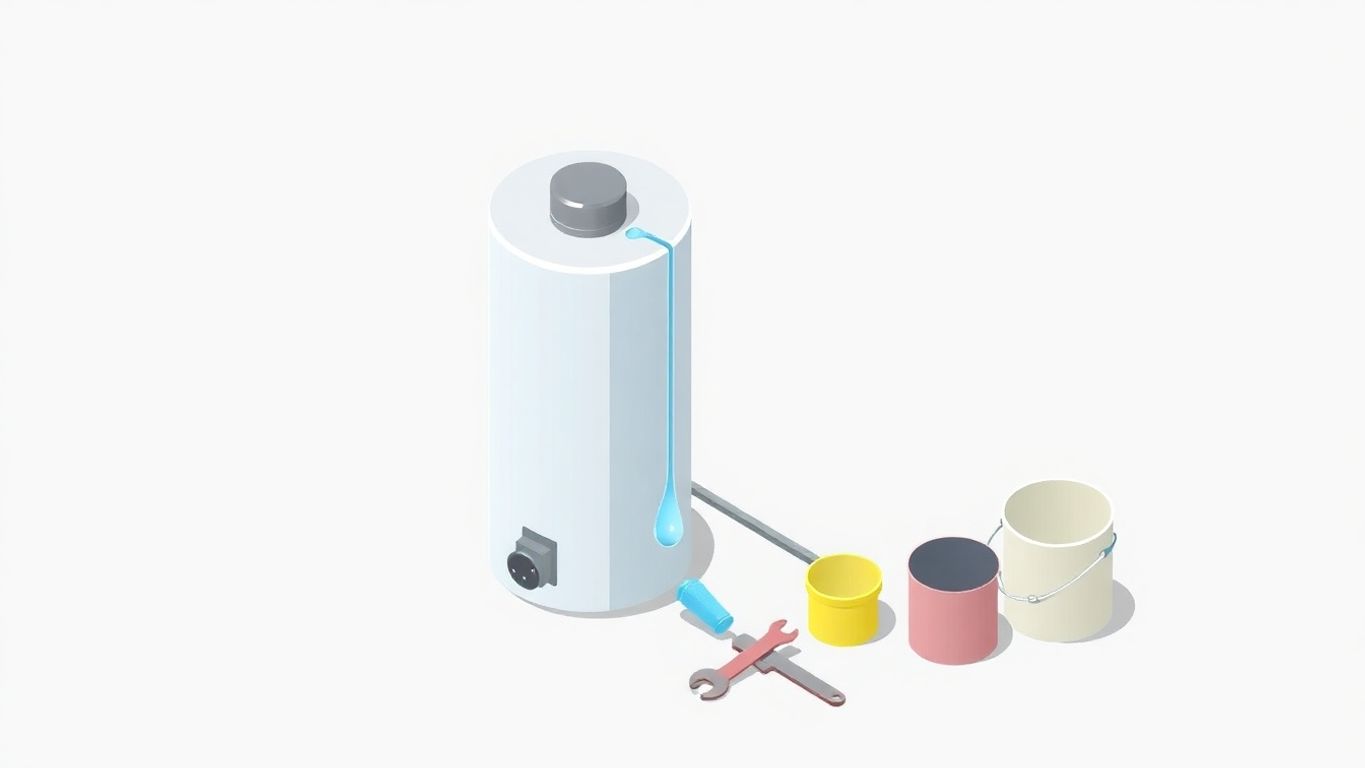
Leaks from your water heater can be a pain, but with a little care, you can keep them from happening. Here’s how to keep your water heater in good shape and avoid those annoying leaks.
Check your water heater every few months. Look for any signs of water around the base or on the unit itself. Catching small leaks early can prevent bigger problems later. Also, listen for any unusual sounds coming from the heater, like hissing or popping, which could mean there’s an issue.
Your water heater tank can collect sediment over time. This sediment can cause the tank to corrode and leak. Flushing the tank once a year helps remove this buildup. Here’s how:
Flushing the tank is a simple task that can greatly extend the life of your water heater. It helps prevent corrosion and ensures the heater works efficiently.
The anode rod is a metal rod inside your water heater that helps prevent the tank from rusting. It sacrifices itself to corrosion, so it needs to be checked and replaced every few years. If the anode rod is gone, the tank itself will start to rust, leading to leaks. Have a professional check the anode rod during your annual inspection. Replacing the anode rod can add years to your water heater’s life.
Sometimes, fixing a leaky water heater is more than a simple DIY job. You might need to call in a professional. Water heaters use both water and electricity (or gas), so it can be dangerous if you don’t know what you’re doing. Plus, some cities require a licensed plumber for certain repairs.
So, how do you know when it’s time to call a pro? Here are a few signs:
Repair costs can vary a lot. It depends on what’s wrong and the type of water heater you have. Simple fixes, like replacing a valve, might not cost too much. But, if you need a new tank, it will be more expensive. Always get a quote from a few different plumbers before you decide.
Sometimes, it’s better to replace the water heater than to fix it. If your water heater is old (more than 10 years) and has problems, it might be time for a new one. Newer models are more efficient, which can save you money on your energy bill. Plus, you won’t have to worry about more repairs down the road.
If you’re not sure what to do, it’s always a good idea to call a professional. They can check your water heater and tell you the best way to fix it. It might cost more upfront, but it can save you from bigger problems later.
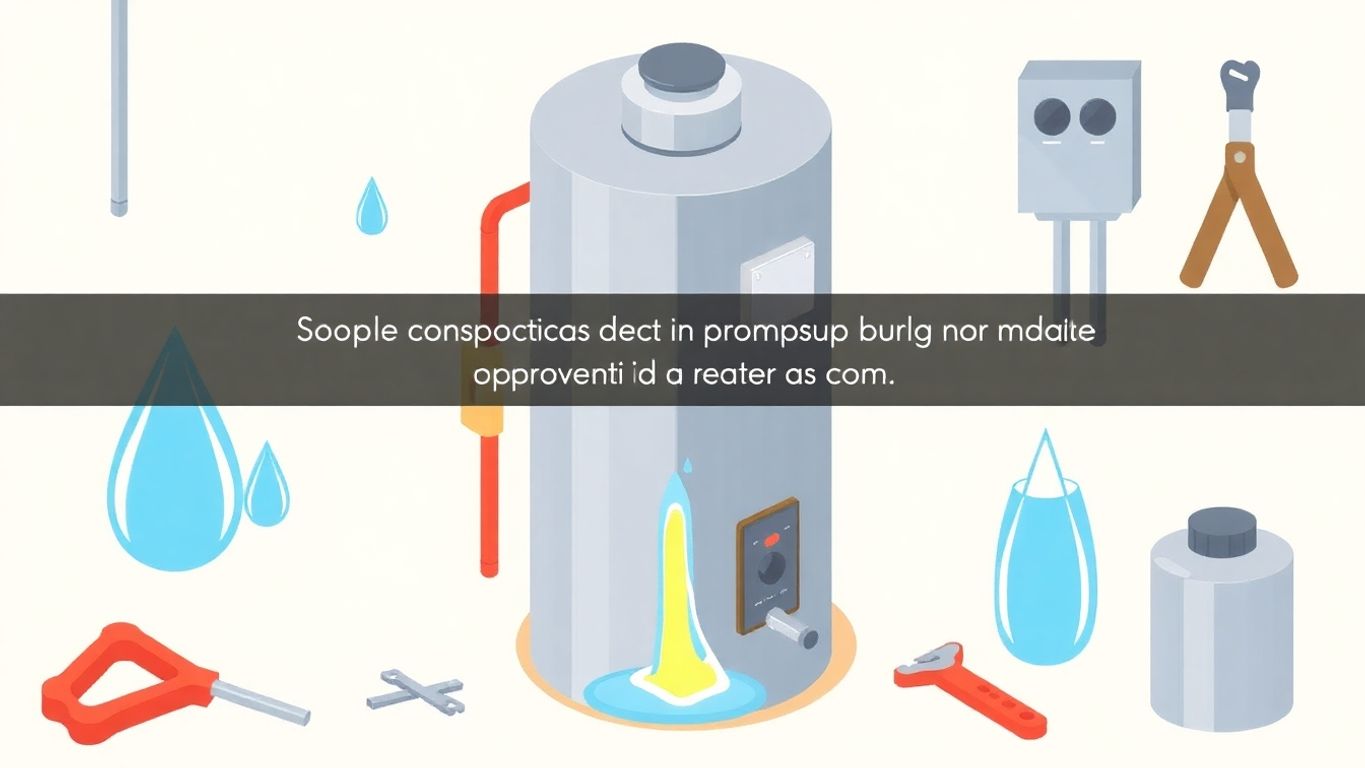
Ignoring a leaking water heater can cause big problems. It’s like ignoring a small cough that turns into pneumonia. You want to catch it early!
Water leaks can mess up your house. Think about it: water seeping into your floors, walls, and ceilings. This can lead to warped wood, ruined carpets, and damaged belongings. It’s way cheaper to fix a small leak than to replace a whole floor.
Mold loves damp places. A leaking water heater creates the perfect home for mold. Mold can cause health problems, like allergies and asthma. Plus, getting rid of mold is a pain and can be expensive.
A leaky water heater wastes water and energy. You’re paying for water that’s going down the drain. Plus, your water heater has to work harder to keep the water hot, which uses more energy. Fixing the leak saves you money each month. It’s like getting a little raise!
There are several reasons, like a loose drain valve, a damaged tank, or high water pressure.
Check for leaks at the top, bottom, and sides of the water heater.
Look for puddles around the heater, higher water bills, or rusty water.
You can tighten connections, replace faulty valves, or flush the tank.
Check the pressure regulator and consider installing a pressure-reducing valve.
It’s a safety valve that releases excess pressure from the tank.
If water leaks from the valve, it might be malfunctioning.
Call a professional if you notice serious issues or if repairs seem too complex.

